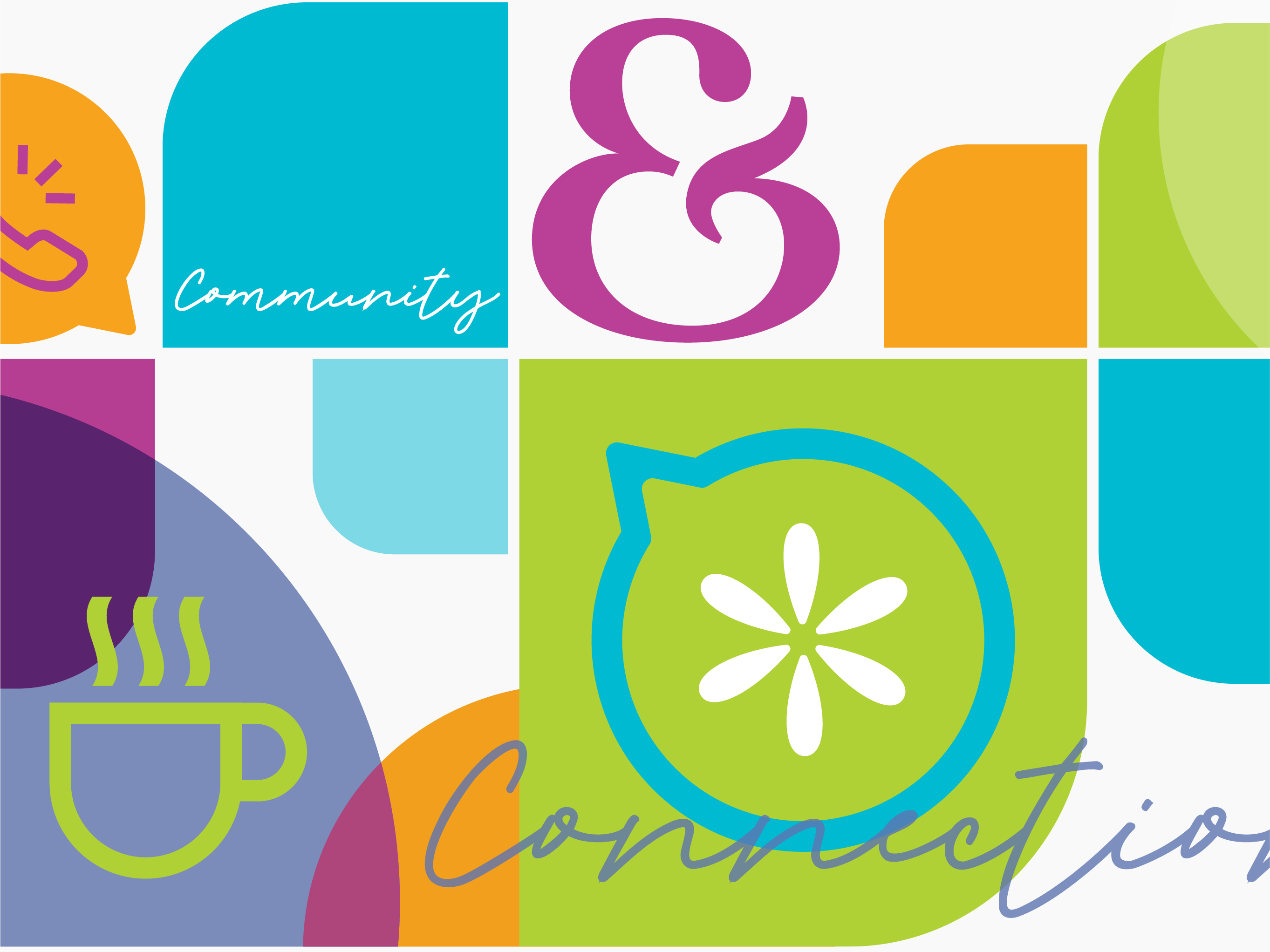Print: It’s Still an Important Brand-Building Tool
With the current focus on the importance of integrating social media in the marketing mix, the evolution of smart phones, e-readers and the necessary emphasis on sustainability and environmental responsibility, many companies are focusing heavily on electronic media when it comes to building their brands. And while we agree that e-communications are important brand-building tools, we believe it’s important to maintain perspective about all media types when it comes to doing what’s best for our clients. Though we have no vested interest in any particular type of media, we do have a vested interest in helping our clients build and sustain world-class brands, using whatever media is most appropriate.
We’ve had many insightful discussions at our office about the pros and cons of various media types. One thing we agree on is that print is still a critical tool in building strong brands. Most of us have downloaded brochures and printed them on laser printers. They simply don’t have the same presence that a professionally printed brochure can have. And since we’re in the business of building emotional connections, we need to do that through the most effective means possible, depending on the audience and (especially in these times) the budget.
So, when does print make sense? Our answer: consider your audience, the statistics below and what it takes to create a lasting emotional connection with your audience. You’ll make the best decision for your brand if you weigh these factors.
Print is Often Preferred Over Electronic
While some companies are going toward e-versions of communications that have traditionally been printed, research is showing that people still prefer print. Consider the following statistics:
- Two-thirds (67 percent) of consumers surveyed feel that e-readers have their place, but prefer the experience of holding a print magazine.¹
- Nearly nine out of 10 (87 percent) say they will continue to favor their print magazine subscriptions.¹
- 81 percent of investors (both private and portfolio managers) said they preferred a printed annual report to an online version, though they still wanted the online version available.²
- According to a Signet Research Ad Study conducted between October 2009 and January 2010, 52 percent of B2B print magazine subscribers say print-only is their preferred format.
- Overall preference for the digital edition of a particular B2B magazine was 30 percent, while just four percent said they preferred website-based content only.³
Print Can Be More Effective Than Electronic
Consider the following when evaluating return on investment with respect to reaching certain demographics:
According to recent research conducted by the IT Sloan School of Management, online advertising can prove better at targeting certain demographics than traditional media, but the increased competition of today’s landscape means that these advantages do not automatically translate into greater profits. “Instead of competing for one large pool, one big market, you will have a price war in each targeted segment as the slice gets more and more narrow.”⁴
In an attempt to understand how members of different generations learn about, interact with and support charities, recent surveys show that members of Generation X (born from 1965 to 1980) and Generation Y (born from 1981 to 1991) now make up more than half of today’s pool of potential donors. Direct mail remains the dominant way through which Matures (born in 1945 or earlier) give, with 77 percent of donors saying they had given through the mail in the last two years. Among members of Generations X and Y, direct mail remains at the top, yet no single way of giving dominates, for online giving is popular, too.⁵
A Different Level of Emotional Engagement
Many agree that print allows for a level of emotional engagement that is different than one can achieve through electronic media. While we can integrate sound and motion into electronic communications, there is a richness in visual appeal that exists through print that we simply cannot achieve electronically. In recent years we have observed what appears to be a heightened sensitivity to those sensory components of print. People seem to be more enamored with things like gloss versus matte varnish, unique die cuts, embossing, and the varying textures available in papers and other substrates.
Portability, Control and Permanence
Mobile computing, like the iPad®, for instance with its large screen and 3G network compatibility, is clearly making e-communications more portable, but print communications are easy to take with you anywhere. Think airplanes, doctors’ offices, sandy beaches and water, sunny places and long car rides to remote locations—these aren’t necessarily compatible with electronic mobile devices, nor are they always allowed. And while we can take our mobile devices virtually anywhere, we can’t always count on them to connect or even turn on. With print, we know the book we opened yesterday will still be around tomorrow with precisely the same information year after year after year. No software update or data compatibility issues to contend with.
Visibility
While there’s no arguing that it’s easy to forward and share electronic communications through social networks, printed publications can be more visible to the casual, but potentially valuable, observer. There’s a temporal lifespan of an electronic communication—you can go back and revisit it, but others cannot see and experience it without making a conscious decision to do so. And we have different visceral reactions to posters, publications and books sitting on waiting room coffee tables than we do to the images moving across a display monitor on a wall.
Of course the landscape is constantly changing, and preferences differ by market, industry and demographic, but it’s important to point out that it’s not an either/or choice. Electronic communications are an important part of the marketing mix, but so are print communications—if we want to connect on every possible level with our audiences. It’s about finding the right balance of both print and electronic communications to gain maximum impact for your brand. Because in the end, that’s what matters most.
References
1 Marketwire, Consumers Hesitant to Embrace E-Reader Advertising; Opt for Tangible, but Targeted, Experiences in Magazines, May 10, 2010.
2 Printinthemix, http://printinthemix.com/summaries/show/44
3 BtoB Magazine, More than half of b-to-b magazine subscribers prefer print-only, February 5, 2010. The survey received 2,307 respondents from a range of sectors, including automotive, government, energy and food service.
4 Charitable Giving: DM Remains Tops, Younger People Use Multichannels, Publication Date: March 14, 2010.
5 The Chronicle of Philanthropy, Generations X and Y Make Up Majority of Potential Donors, Study Finds, March 14, 2010, and Convio news release, New Study Reveals How Next Generation of Donors Engage and Give to Charity, March 14, 2010.


